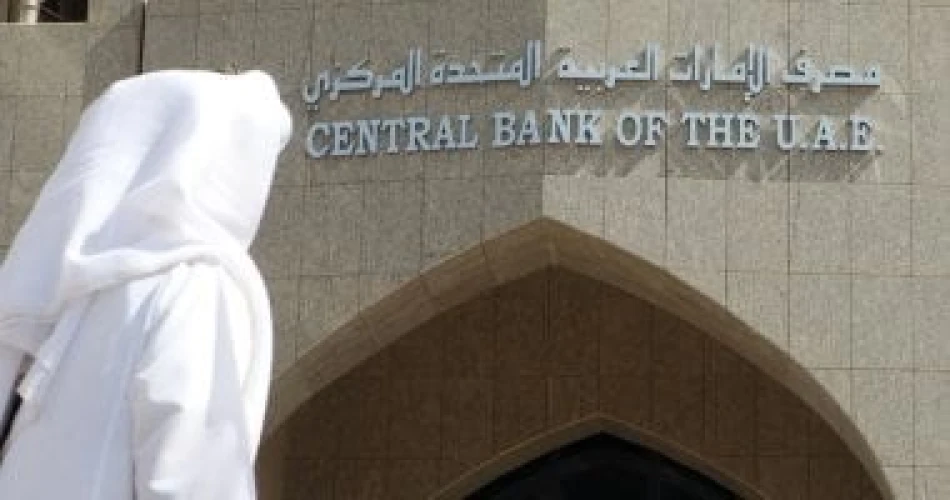
UAE Central Bank's Digital Dirham Offers Unparalleled Security and Reliability
UAE's Digital Dirham Advances Toward Launch as Central Bank Details Comprehensive Rollout Strategy
The UAE Central Bank has released a detailed report outlining its progress toward launching the digital dirham, positioning the Emirates as a frontrunner in the global central bank digital currency (CBDC) race. The comprehensive initiative, which began in early 2023, aims to transform the nation's financial infrastructure while strengthening the dirham's international standing and expanding financial inclusion across both domestic and global markets.
Strategic Design Aligned with Global Standards
The digital dirham development follows best practices established by the International Monetary Fund and the Bank for International Settlements, ensuring the currency meets international regulatory expectations. The UAE Central Bank has prioritized security, reliability, and user accessibility in its design framework, working closely with financial sector partners and strategic allies to guarantee effective adoption.
Governor Khaled Mohamed Balama emphasized the initiative's transformative potential, stating that the digital dirham represents "a pioneering initiative in shaping the future of money in the UAE" and constitutes "an important achievement in the field of developing central bank digital currencies globally."
Advanced Technical Capabilities Set UAE Apart
Offline Functionality and Smart Contract Integration
Unlike many CBDC projects globally, the UAE's digital dirham incorporates sophisticated technical features that could provide competitive advantages. The currency supports offline transactions—a capability that addresses connectivity challenges and enhances usability in remote areas or during network disruptions. Additionally, the integration of smart contracts positions the digital dirham for automated, programmable payments that could revolutionize business processes.
Cross-Border Payment Innovation
The Central Bank has already conducted both domestic and cross-border transactions using the digital dirham to evaluate feasibility and effectiveness. This practical testing approach mirrors successful CBDC development strategies employed by China's digital yuan and the Eastern Caribbean Central Bank's DCash, where real-world pilots provided crucial insights before broader deployment.
Financial Inclusion and Economic Impact
The digital dirham specifically targets unbanked individuals and non-residents within the UAE, potentially expanding financial access to demographics traditionally underserved by conventional banking. This focus aligns with broader regional trends, as neighboring Saudi Arabia and other GCC nations pursue similar digital transformation initiatives to diversify their economies beyond oil dependence.
The comprehensive platform developed by the Central Bank includes dedicated digital wallets enabling individuals and businesses to conduct financial transactions seamlessly. This infrastructure investment demonstrates the UAE's commitment to becoming a regional fintech hub, competing directly with Singapore's advanced digital payment ecosystem.
Market Implications and Global Positioning
The UAE's CBDC development occurs amid intensifying global competition in digital currencies. While the European Central Bank continues deliberating the digital euro and the Federal Reserve researches a digital dollar, the UAE's proactive approach could establish the Emirates as a testing ground for innovative monetary policy tools.
For international traders and financial institutions, the digital dirham's cross-border capabilities could reduce settlement times and transaction costs, particularly for trade flows between Asia, Europe, and Africa that traditionally route through UAE financial centers.
Implementation Timeline and Future Outlook
The Central Bank's methodical approach, emphasizing continuous evaluation of design and development aspects, suggests a measured rollout strategy rather than a rushed launch. This conservative timeline likely reflects lessons learned from other CBDC implementations, where technical challenges and user adoption rates varied significantly.
The success of the UAE's digital dirham could influence monetary policy across the Gulf region and provide valuable insights for other emerging market economies considering similar initiatives. As the project advances toward public deployment, its performance will serve as a crucial benchmark for CBDC effectiveness in diverse, internationally connected economies.
 Layla Al Mansoori
Layla Al Mansoori







